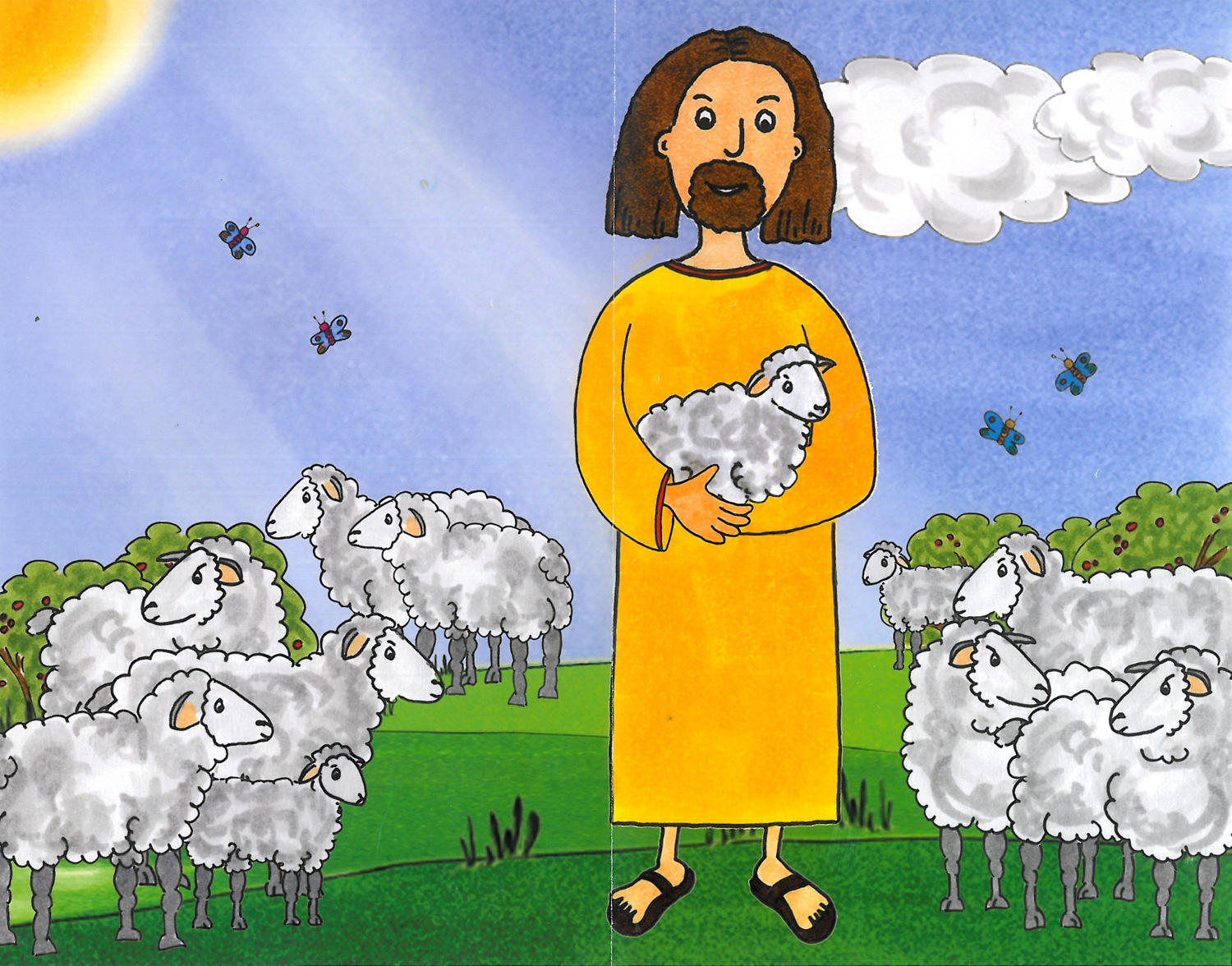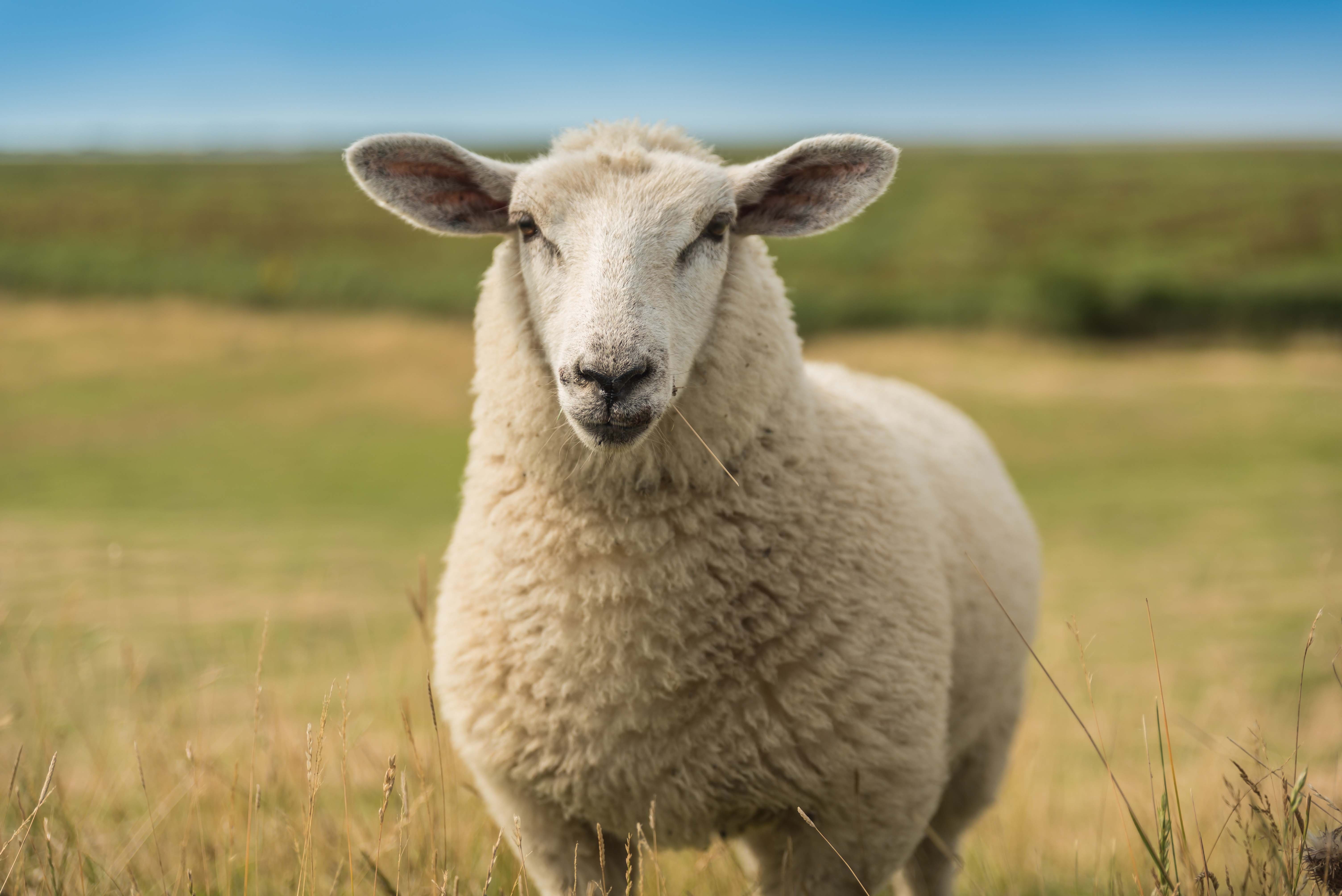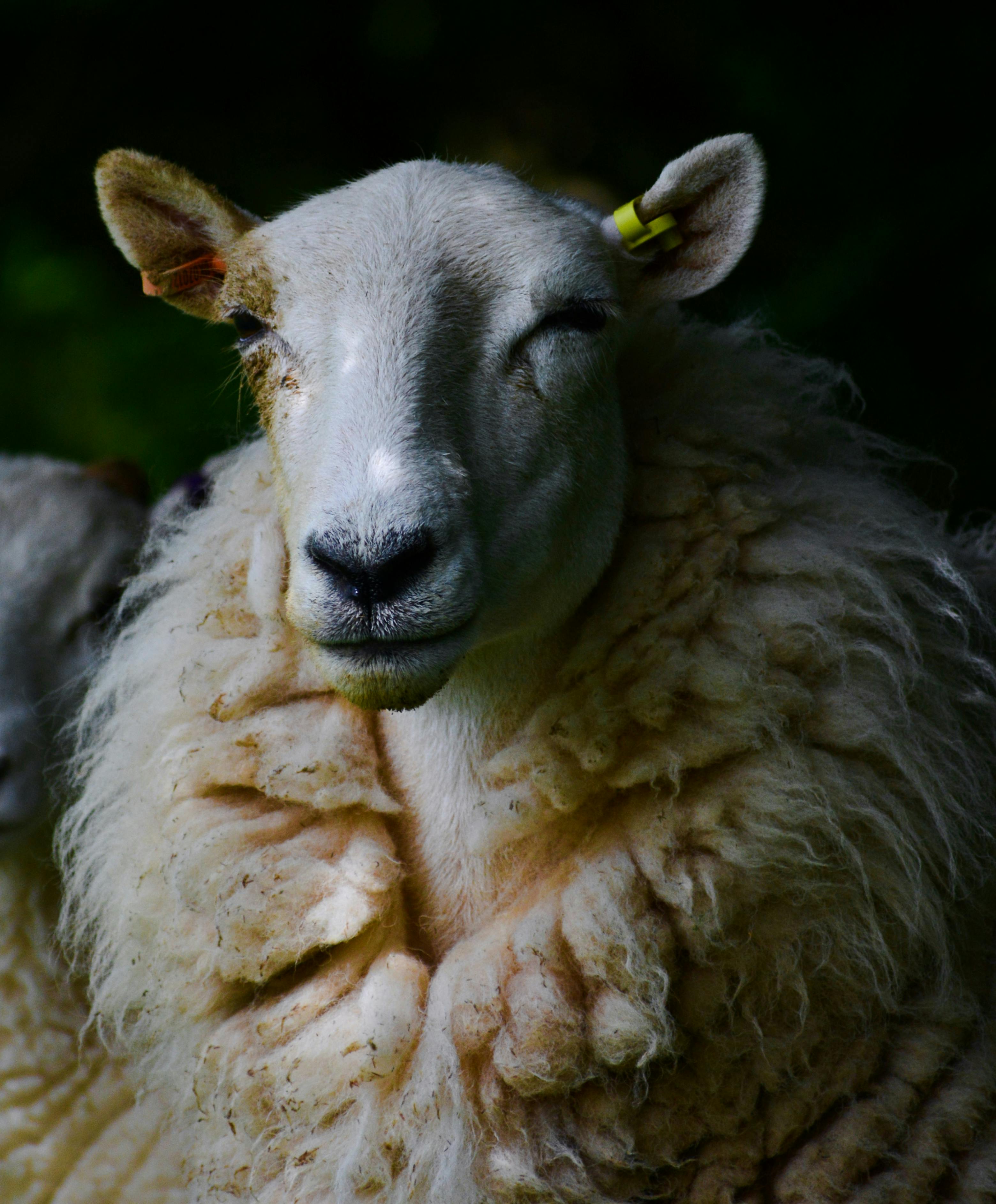Unveiling The Mystery: Das Orange Schaf – A Captivating Phenomenon
Ever heard of das orange schaf? Well, buckle up because we're diving deep into this quirky yet fascinating topic that's been buzzing around lately. Picture this – a bright orange sheep standing out in a field full of white ones. It's like that one friend who always knows how to make an entrance, ya know? But there's more to this story than just a funky color, so let's get started!
Das orange schaf has become quite the sensation in recent years, capturing the imagination of people worldwide. It’s not just about a sheep being orange; it’s about the symbolism, the science, and the sheer wonder of nature. Think of it as nature's way of saying, "Hey, life can be colorful and unexpected!"
Now, before we dive deeper, let me assure you that this isn’t just some random internet trend. There’s actual science behind why sheep can turn orange, and it’s not as simple as painting them for fun. Stick around, and we’ll break it down for you in a way that’s both informative and entertaining. So, are you ready to unravel the mystery of the orange sheep?
- Heimfeld Police Operations Today A Deep Dive Into Modernday Law Enforcement
- Burger City Potsdam The Ultimate Guide To Your Meaty Adventure
What Exactly Is Das Orange Schaf?
Let’s start with the basics. Das orange schaf, or "the orange sheep" in English, refers to sheep whose wool has turned orange due to environmental factors. This phenomenon isn’t as rare as you might think, but it’s certainly eye-catching. Imagine walking through a field and spotting a sheep that looks like it’s been dipped in a vat of orange dye. That’s exactly what we’re talking about!
But why does this happen? Well, it’s all about the water these sheep drink. Certain minerals and substances in the water can cause the wool to change color over time. It’s like nature's own version of hair dye, but without the salon visit. And while it might look strange, it’s actually a natural occurrence that tells us a lot about the environment these sheep live in.
Where Can You Find These Orange Sheep?
You might be wondering where in the world you can find these colorful critters. Turns out, they’ve been spotted in various parts of the globe, from the rolling hills of Europe to the vast landscapes of Australia. Each location has its own unique story to tell about why the sheep there turned orange.
- Holtermann Imker The Sweet Buzz Of Beekeeping Mastery
- Hot Lava A Fiery Journey Through Natures Molten Wonders
For example, in some areas, the orange coloration is due to high levels of iron in the water. In others, it’s a result of industrial runoff or even natural geological formations. So, while the orange sheep might look the same, the reasons behind their color can vary widely depending on where they live. Isn’t nature fascinating?
Biography of an Orange Sheep
Now, let’s get to know our star – the orange sheep. While sheep might not have the same kind of biography as humans, they do have their own unique stories. Here’s a quick look at what makes das orange schaf so special:
Basic Information
| Species | Ovis aries |
|---|---|
| Color | Orange (due to environmental factors) |
| Habitat | Grasslands, meadows, and fields worldwide |
| Diet | Grass, hay, and other vegetation |
| Unique Feature | Orange wool caused by mineral-rich water |
As you can see, das orange schaf is more than just a sheep with a funky color. It’s a symbol of how the environment can shape the creatures that live in it. And while their orange hue might make them stand out, they’re still just regular sheep at heart – grazing, bleating, and living their best lives.
Why Are Sheep Turning Orange?
Now, let’s get down to the science of it all. Why exactly are sheep turning orange? The answer lies in the water they drink. Certain minerals, like iron and manganese, can accumulate in the wool over time, causing it to change color. It’s a bit like how tea stains a cup – the longer it sits, the darker the stain becomes.
But here’s the thing – not all sheep are affected in the same way. Some might have wool that turns orange, while others remain their natural white color. This variation is due to a combination of factors, including the sheep’s diet, the composition of the water, and even genetic differences between individual sheep. So, while the orange sheep might be the ones getting all the attention, there’s a whole world of variation out there waiting to be explored.
The Role of Water in Wool Coloration
Water plays a crucial role in the coloration of sheep’s wool. When sheep drink water that contains high levels of certain minerals, those minerals can build up in their wool over time. This process is similar to how rust forms on metal – it’s a gradual change that happens with exposure to certain elements.
Interestingly, the color change isn’t permanent. If the sheep are moved to a different location with cleaner water, their wool can eventually return to its natural color. It’s like nature’s way of giving them a fresh start, or at least a new look. So, while the orange sheep might be all the rage right now, there’s always the possibility that they could revert to their original color in the future.
Environmental Implications of Das Orange Schaf
Das orange schaf isn’t just a quirky phenomenon; it’s also a valuable indicator of environmental health. The fact that sheep are turning orange tells us something important about the water quality in the areas where they live. High levels of certain minerals in the water can be a sign of pollution or other environmental issues that need to be addressed.
For example, if a large number of sheep in a particular area are turning orange, it might be a sign that the water supply is contaminated with industrial runoff or other pollutants. This information can be used by scientists and policymakers to take action and improve the environment for both humans and animals alike. So, while the orange sheep might seem like just a fun curiosity, they’re actually playing an important role in raising awareness about environmental issues.
Conservation Efforts and Orange Sheep
Conservationists are taking note of the orange sheep phenomenon and using it as a tool to educate the public about water quality and environmental health. By studying the factors that contribute to the color change in sheep’s wool, scientists can gain valuable insights into the health of ecosystems around the world.
Some organizations are even using das orange schaf as a mascot for environmental awareness campaigns. By highlighting the unique and colorful nature of these sheep, they’re able to capture people’s attention and inspire them to take action to protect the environment. It’s a win-win situation – the sheep get their moment in the spotlight, and the environment benefits from increased awareness and action.
The Cultural Significance of Orange Sheep
Das orange schaf has also made its mark in popular culture, appearing in everything from social media posts to art exhibits. People are fascinated by the idea of a sheep that looks like it’s been painted with a bright orange brush, and they can’t get enough of it. This cultural phenomenon has led to a whole new appreciation for the humble sheep and the wonders of nature.
In some communities, orange sheep have even become symbols of local pride. Festivals and events are held in their honor, celebrating the unique characteristics that make them stand out from the crowd. It’s a testament to how even the smallest and seemingly insignificant creatures can have a big impact on our lives and our culture.
Art and Literature Featuring Orange Sheep
Artists and writers have also taken inspiration from das orange schaf, creating works that explore the themes of nature, color, and identity. From paintings that capture the vibrant hues of the sheep’s wool to poems that reflect on the meaning of standing out in a crowd, the orange sheep has become a muse for creative expression.
One artist even created a series of sculptures featuring orange sheep, each one unique and capturing a different aspect of their character. The sculptures were displayed in galleries around the world, drawing attention to the beauty and complexity of these fascinating creatures. It’s a reminder that art can be found in the most unexpected places, even in a field full of sheep.
Practical Uses of Orange Wool
While the orange color of the sheep’s wool might seem like just a fun quirk, it actually has some practical uses as well. For one thing, it’s a natural dye that can be used to color textiles without the need for synthetic chemicals. This makes it an attractive option for eco-conscious consumers who are looking for sustainable alternatives to traditional dyeing methods.
In addition, the unique color of the wool can add a pop of brightness to any garment or fabric. Designers are starting to incorporate orange wool into their collections, creating pieces that are both eye-catching and environmentally friendly. So, while the orange sheep might not have set out to become fashion icons, they’re certainly making waves in the world of textiles.
Orange Wool in Fashion and Design
Designers are experimenting with orange wool in a variety of ways, from creating bold statement pieces to using it as an accent color in more subtle designs. The natural dyeing process gives the fabric a unique texture and depth that can’t be replicated with synthetic dyes, making it a valuable addition to any designer’s toolkit.
Some fashion houses are even partnering with local farmers to source orange wool directly from the sheep, ensuring that the process is both sustainable and ethical. It’s a win-win situation – the farmers benefit from the increased demand for their product, and the designers get access to a unique and eco-friendly material. Who knew that a simple sheep could have such a big impact on the fashion industry?
Conclusion: The Legacy of Das Orange Schaf
As we wrap up our journey into the world of das orange schaf, it’s clear that these quirky creatures have a lot to teach us. From the science behind their coloration to their role in environmental awareness and cultural expression, orange sheep are more than just a passing trend. They’re a reminder of the beauty and complexity of the natural world and the importance of taking care of our planet.
So, the next time you see a bright orange sheep in a field, take a moment to appreciate the story behind its color. And if you’re feeling inspired, why not leave a comment or share this article with your friends? Together, we can spread the word about the fascinating world of orange sheep and the lessons they have to teach us.
Table of Contents
- What Exactly Is Das Orange Schaf?
- Where Can You Find These Orange Sheep?
- Biography of an Orange Sheep
- Why Are Sheep Turning Orange?
- The Role of Water in Wool Coloration
- Environmental Implications of Das Orange Schaf
- Conservation Efforts and Orange Sheep
- The Cultural Significance of Orange Sheep
- Art and Literature Featuring Orange Sheep
- Practical Uses of Orange Wool
- Orange Wool in Fashion and Design
- Conclusion: The Legacy of Das Orange Schaf



Detail Author:
- Name : Ms. Annamarie Schuppe Sr.
- Username : chauncey56
- Email : justyn.rodriguez@gmail.com
- Birthdate : 1996-03-08
- Address : 547 Schuster Rapid Apt. 335 Lake Mathew, HI 09681-4111
- Phone : 831.796.8227
- Company : Volkman-Gibson
- Job : Poet OR Lyricist
- Bio : At in magnam et non repellendus exercitationem. Rem omnis illo repellendus repellendus iste ipsam est. Unde maiores suscipit modi porro qui ut ducimus. Reiciendis ut facilis reiciendis optio.
Socials
tiktok:
- url : https://tiktok.com/@jspencer
- username : jspencer
- bio : Rerum suscipit impedit dolorem. Quaerat qui omnis esse quia.
- followers : 1604
- following : 2278
instagram:
- url : https://instagram.com/jaquelin2777
- username : jaquelin2777
- bio : Deleniti culpa omnis eum dolorum odio aut. Ab explicabo sunt iusto autem.
- followers : 1033
- following : 2857